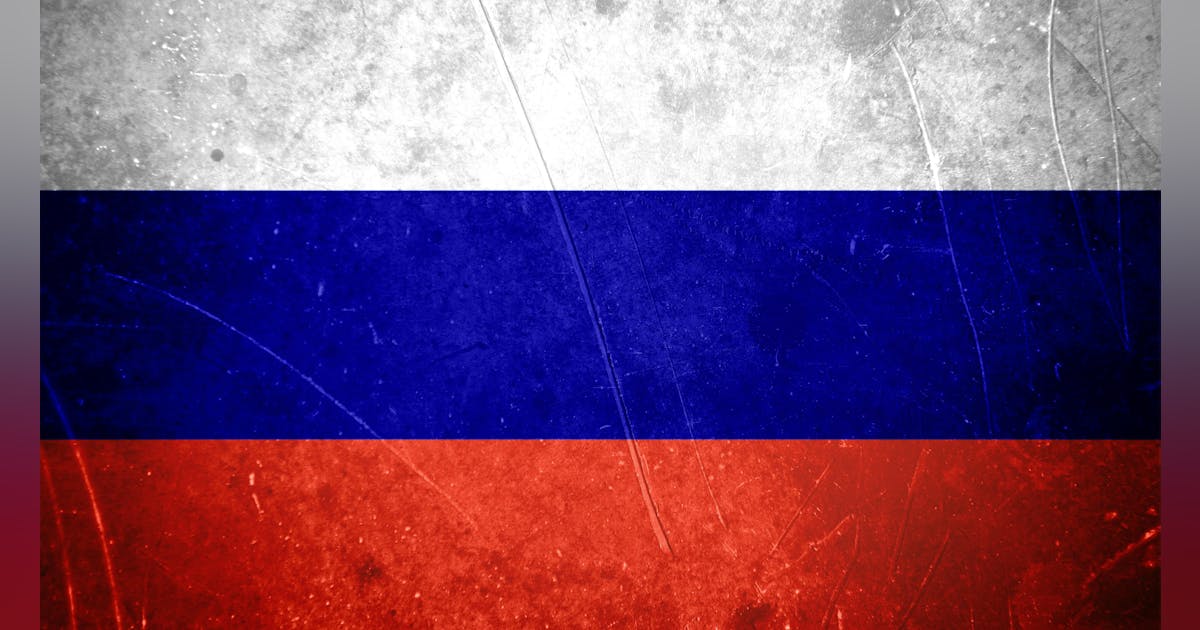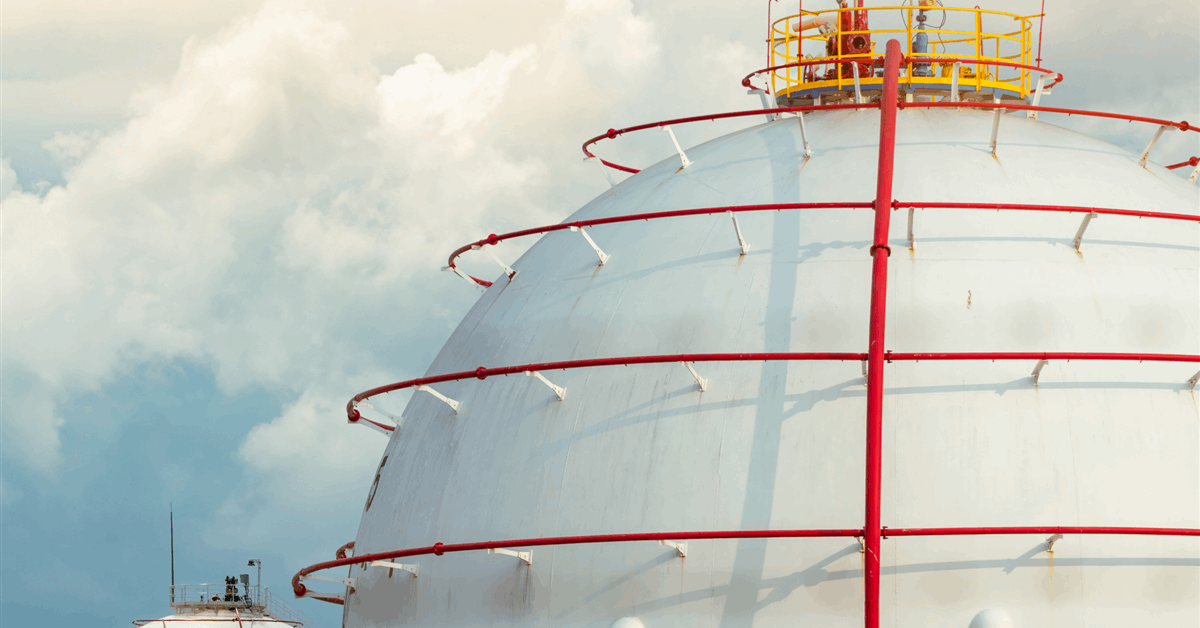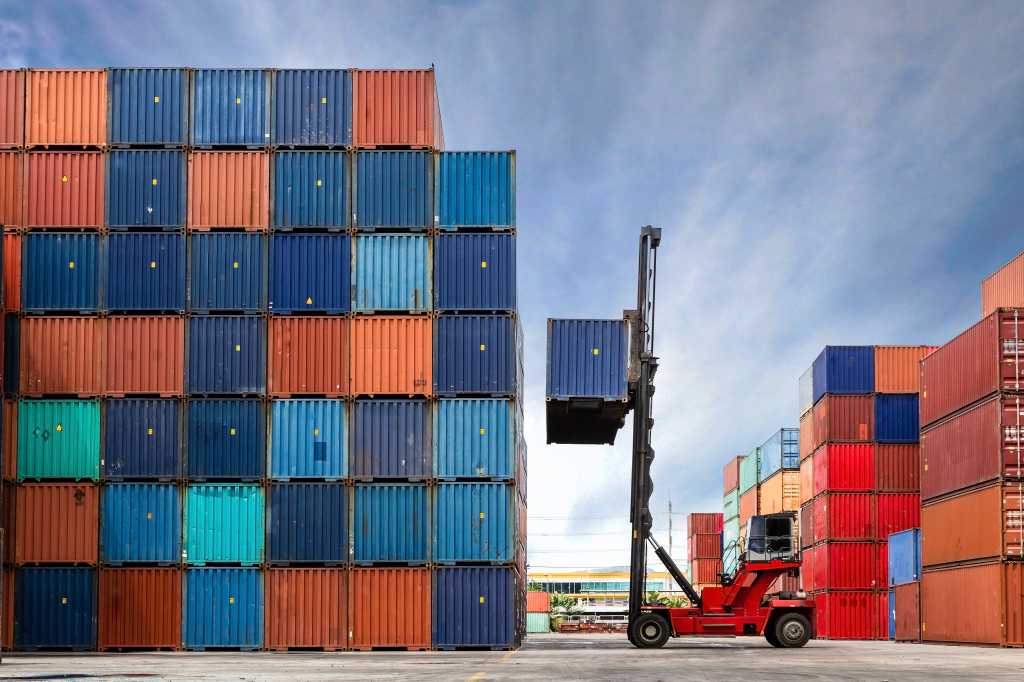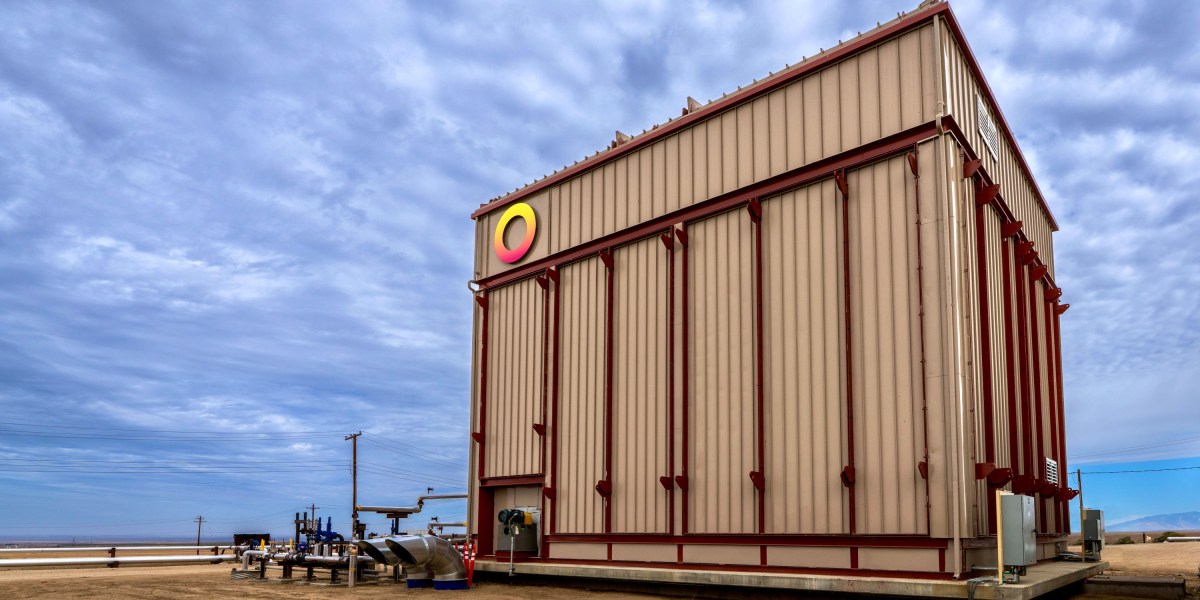
The Treasury Department carved out an exception to allow oilfield services for the Caspian Pipeline Consortium and the Tengizchevroil project, authorizing those transactions despite the broader sanctions in place.
EU sanctions on Russia
The European Union (EU) ratcheted up its own sanctions on Moscow Oct. 23, announcing a phased ban on Russian LNG imports into the 27 nations that comprise the organization, with the goal of halting all trade in Russian LNG by Jan. 1, 2027. Most Russian gas travels through pipeline to Europe, but bans on piped gas have boosted LNG exports.
The EU sanctions also ban transactions with Rosneft and Lukoil and institute port bans on 117 newly designated ships in Russia’s so-called “shadow fleet,” which has sought to evade previous sanctions measures.
The sanctions come a week after the UK imposed its own sanctions on Lukoil and Rosneft, the shadow fleet, a major Indian oil refinery, and four Chinese oil terminals.
Russia is dependent on oil and gas sales to fuel its economy. EIA estimates that Russia’s oil exports averaged 4.3 million b/d in first-half 2005, down from 4.8 million b/d in 2024.
Trade has shifted as a result of sanctions, with the EU’s imports falling to 11% (from over 50% in 2020) and Turkey’s imports taking at least half of that oil, the US independent statistical arm said.
China remains the single largest importer of Russian oil, averaging 2.0 million b/d in first-half 2025. India holds the second spot, boosting imports to 1.6 million b/d in first-half 2025 from 50,000 b/d in 2020, EIA added.






















